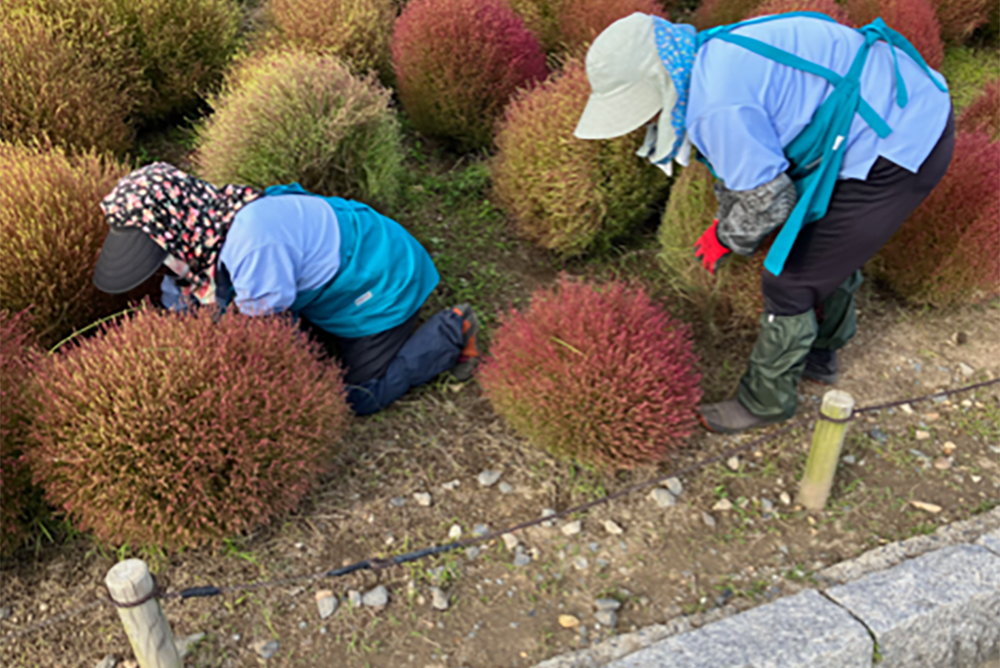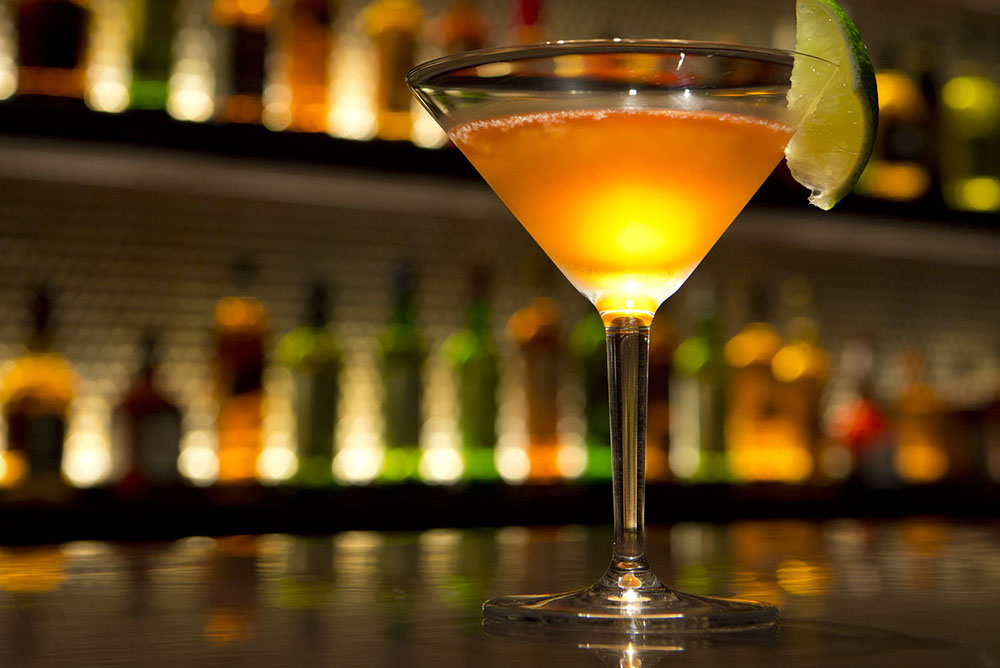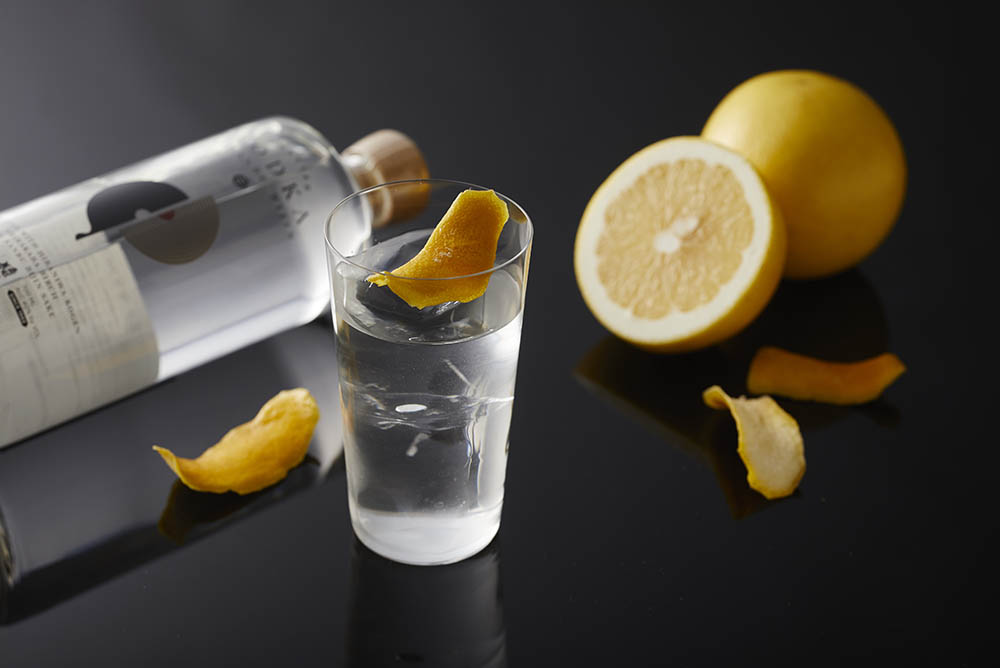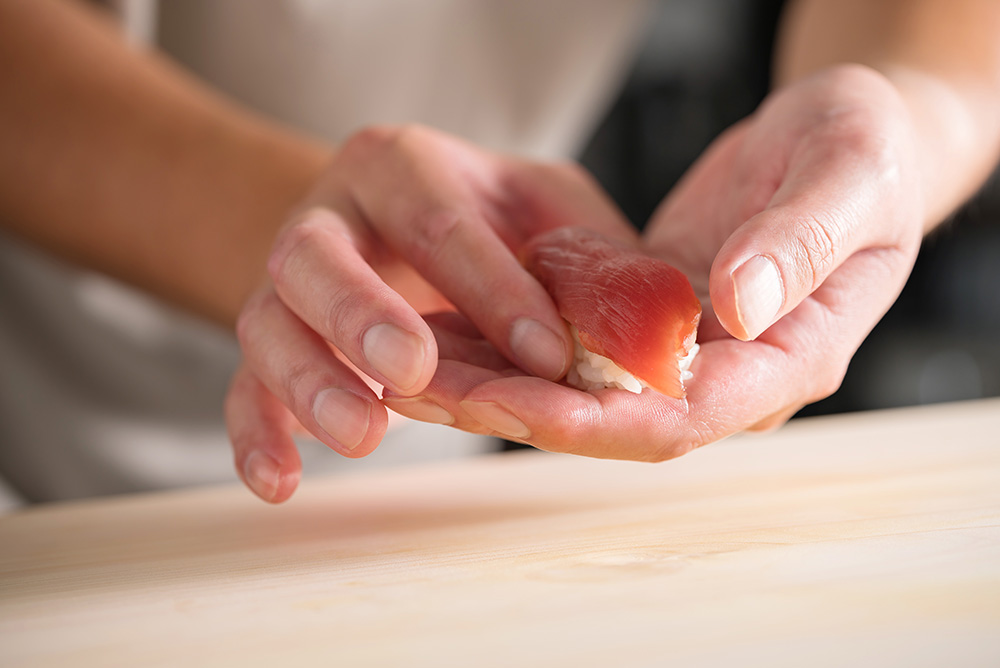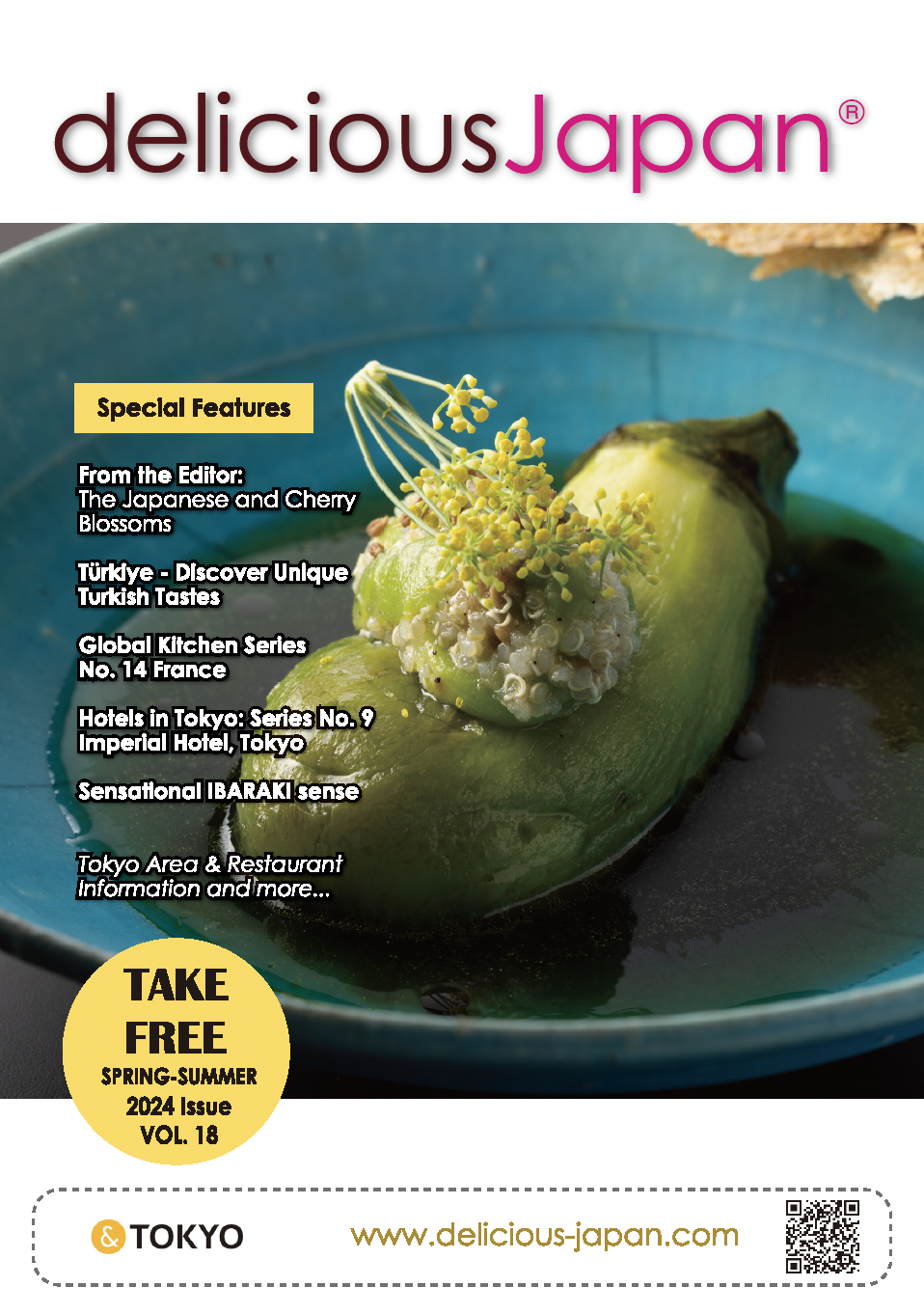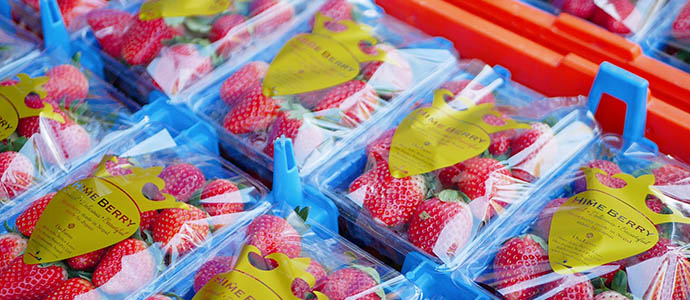
"HIME BERRY" Strawberry Cultivation in Nepal
Cultivation and sale of the "HIME BERRY" Japanese variety of strawberry started in Nepal in 2015. Nanami Wakayama, known locally as Ichigo-chan, is working to create a sustainable agribusiness in Nepal that will help the local economy and create jobs. We spoke with Ichigo-chan, who is striving to achieve her mission of "creating jobs around the world through agricultural produce" (More Jobs, Better Lives).

Nanami Wakayama
President & CEO
Our Farms Nepal Pvt Ltd
At the time, I was passionate about mountaineering as a project to become a Seven Summitter, climbing the highest peaks of the world's seven continents. I climbed Mount Kilimanjaro in Africa, Mount Elbrus in Europe, Mount Aconcagua in South America, Mount Kosciusko in Australia. Then, in April 2015, while I was trying to climb Mount Everest, my fifth mountain, an earthquake forced me to descend the mountain. When I returned to Nepal, I found brick houses had collapsed and much damage had been done.
Wanting to give back to the Nepalese people who had helped me while I was climbing the mountain, I turned my attention to strawberries, which were sold at a high price at the time, and started my own business there. The purpose is to bring Japanese varieties, grow them in Nepal, brand them as Japanese brands, and sell them in Nepal to create many local jobs and increase income.
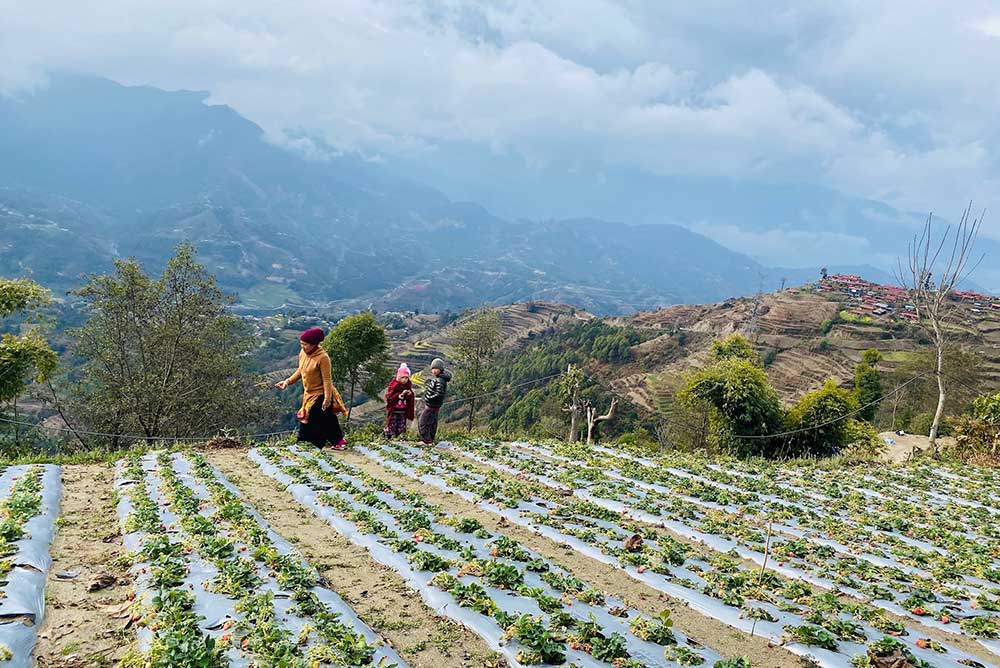
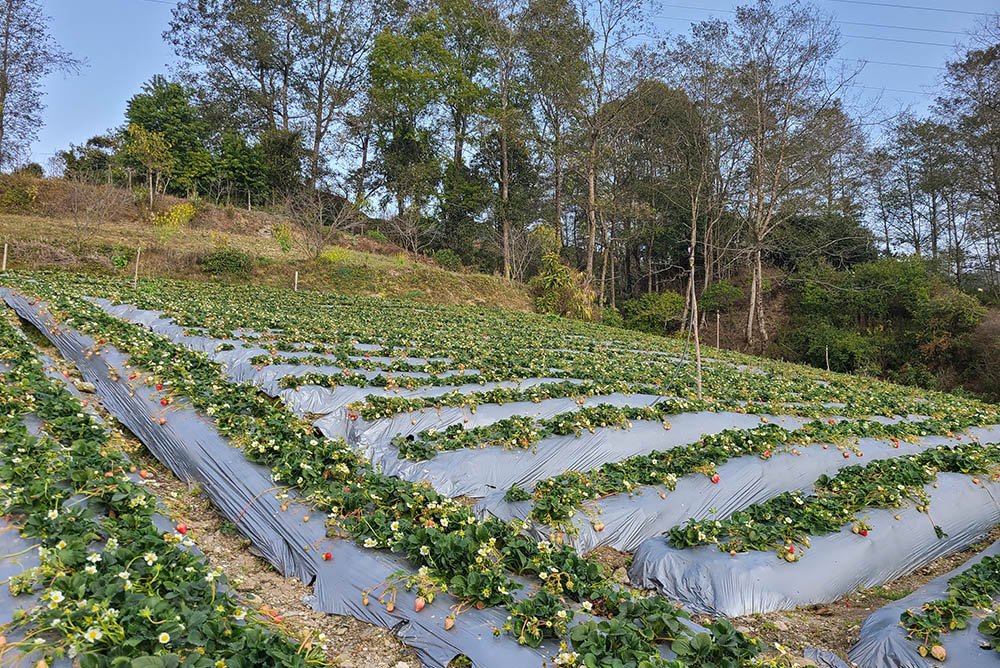
Are farming methods in Nepal different from those in Japan? What are the differences in cultivation methods, if any?
In Japan, before preparing soil for strawberries, a soil analysis is always conducted and the necessary fertilizers are added.
However, in Nepal, cultivation techniques have not been established, soil analysis is not conducted, and most farmers are farming by feel rather than data. Also, fertilizers and manure from overseas are very expensive and farmers cannot make much use of them. We produce strawberries by conducting our own soil analysis and using locally available materials and compost as much as possible, while minimizing the cost to the farmers.
HIME BERRY is grown with clean water from the Himalayas at 2000 meters. And after the flowers have bloomed, we take great care and time without using pesticides.
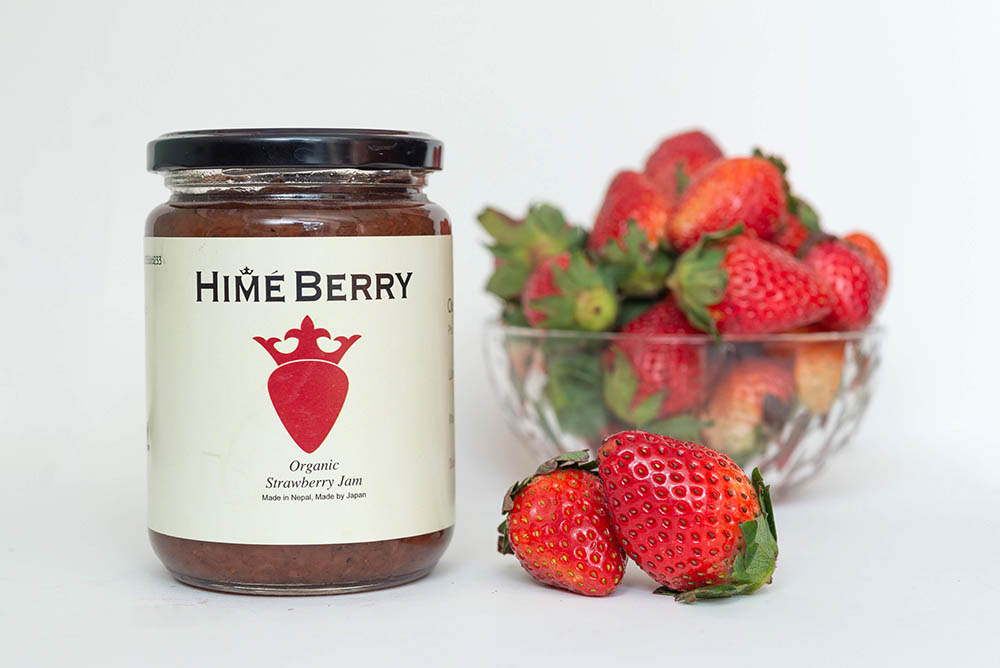
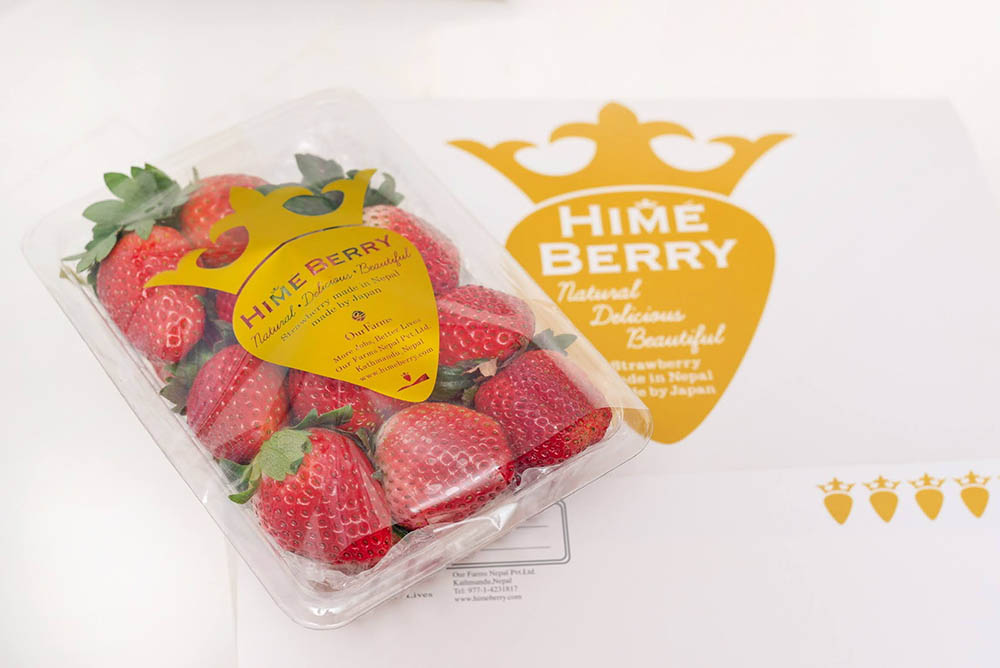
How do people eat strawberries in Nepal?
Many people eat strawberries raw and as is. HIME BERRY is produced without using any pesticides after the flowers bloom, so even children can eat it safely. Many people also eat it as strawberry jam or drink it in summer as a cold smoothie.
What are some of the problems of strawberry cultivation in Nepal and what challenges, if any, do you see for the future?We currently have 200 farmers, but each farmer has a different approach to daily care, and the amount of harvest varies greatly. The challenge is to motivate farmers as much as possible to voluntarily take an interest in strawberry cultivation and make an effort. Every year we hold a party with farmers in the spring. At the party, we devise ways to award the farmer who produces the most in front of everyone and give him or her a bonus.
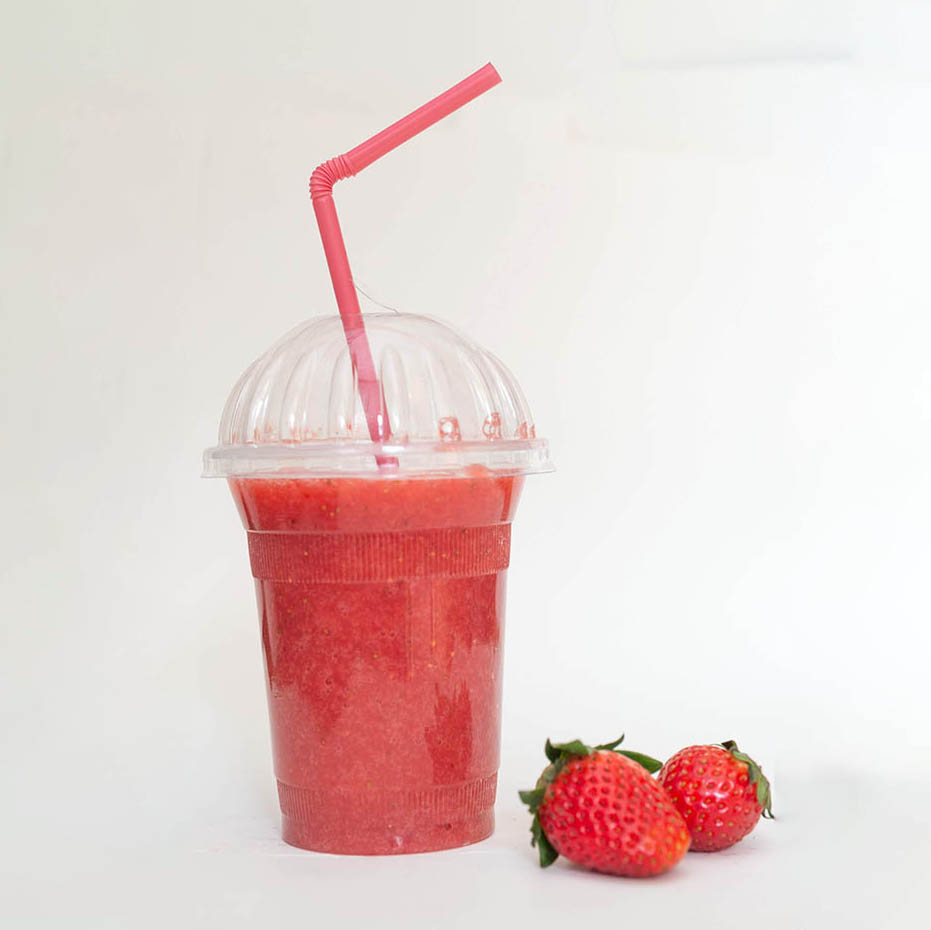
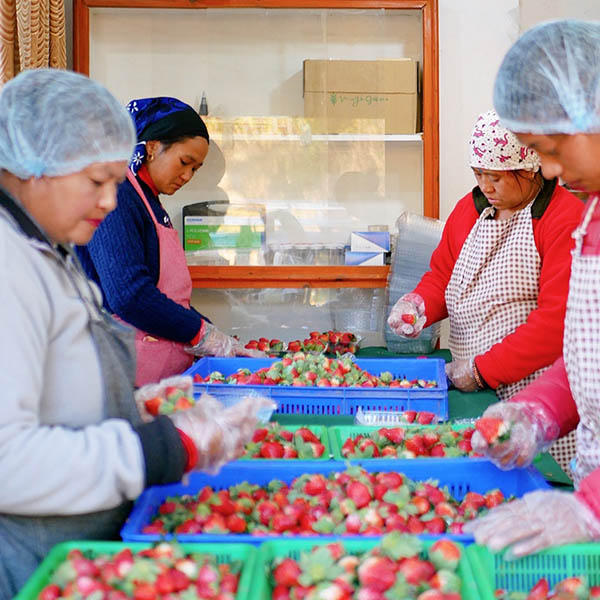
Please briefly introduce yourself.
I've been immersed in mountain climbing since my student days, and I was charmed by Nepal, which I visited to climbing Manaslu, so I decided to start my own business after the earthquake. Now I am raising my child and running an ethical selection store in Japan.
Next April, I'll be able to open a store at Harakado, a new facility at Harajuku Crossing.
You only live once. I want to challenge myself a lot and set off the fireworks of my life in my own colors. It's a waste if you don't make sparks in life! I hope to expand the sparking way of life for many people while being involved with all kinds of people.
My goal is to create 10,000 jobs by 2030! I would like to raise Nepal's agricultural technology now to that end.

